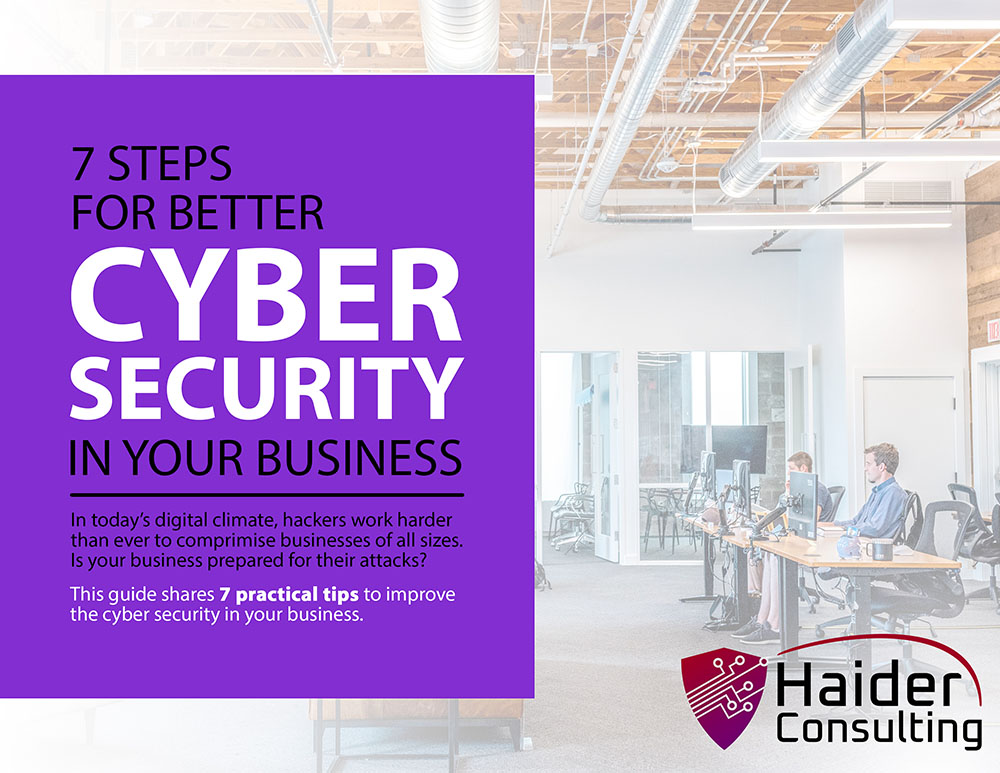When Good Intentions Become a Hacker’s Opportunity
The holiday season is known for generosity — but it’s also prime time for scammers. When emotions run high and wallets open wider, cybercriminals see an opportunity to cash in on goodwill.
A few years ago, the Federal Trade Commission uncovered a massive telefunding scam that made 1.3 billion deceptive donation calls and stole over $110 million from well-meaning donors.
And it’s not just phone calls. Researchers from Cornell University found that more than 800 fake donation accounts were active on platforms like Facebook, Instagram, and X (formerly Twitter), luring victims into giving to causes that didn’t exist.
For small businesses, falling for one of these scams can do more than just waste money — it can damage your reputation, break customer trust, and associate your name with fraud.
Here’s how to vet fundraisers, recognize red flags, and protect both your money and your reputation this holiday season.
How to Vet a Fundraiser Before You Donate
Whether you’re donating as a company or personally, take a minute to confirm the fundraiser is legitimate. A real, transparent campaign should clearly answer these questions:
- Who is organizing it, and how are they connected to the recipient?
- How will the funds be used, and over what time period?
- Who controls the withdrawals, and how will the money reach the recipient?
- Do friends, family, or local organizations confirm the fundraiser is real?
If any of those answers are missing or vague, ask for clarification. If you’re ignored or brushed off, that’s a major red flag.
Remember: real fundraisers welcome questions. Scammers avoid them.
Common Red Flags That Signal a Scam
Donation scams often prey on emotion and urgency — but a few telltale signs give them away. Watch for:
- Vague or exaggerated stories designed to tug at your heartstrings.
- Copied photos or fake names (a quick reverse image search often reveals stolen images).
- Funds that never seem to reach the intended recipient or are used for unrelated expenses.
- Impersonation of real people or charities.
- Emotional manipulation — stories that sound overly dramatic or “too perfect” are often fake.
If you notice more than one of these warning signs, stop and investigate before donating.
How to Check a Charity’s Legitimacy
Even well-known organizations can have questionable fundraising practices, so it’s smart to do your homework.
Look for:
- Transparency: Clear descriptions of programs, annual reports, and how donations are used.
- Financial breakdowns: How much of each dollar goes to the actual cause versus administrative costs.
- Independent reviews: Check websites like Charity Navigator, Candid (formerly GuideStar), or the BBB Wise Giving Alliance.
- Search results: Type the charity’s name plus words like “complaint,” “fraud,” or “scam.” If red flags appear, proceed cautiously.
A reputable organization will make its operations clear and easy to verify.
Charity Scammer Tactics to Watch Out For
Today’s scammers are sophisticated. They know how to make fake donation pages look polished and professional. But their tactics often include:
- Requests for payment via gift cards, wire transfers, or cryptocurrency. (Legitimate charities accept credit cards or checks.)
- Websites without HTTPS encryption (no “lock” icon in the URL).
- Pressure to donate immediately — a classic social engineering trick.
- Claims that you already pledged money or “forgot to finish your donation.”
If you feel rushed or something doesn’t add up, pause before clicking. Scammers want you emotional, not careful.
Why This Matters for Your Business
When your business donates publicly, that generosity becomes part of your brand story. But if that donation turns out to be tied to a scam, it can cause serious reputational damage.
But charity scams often use the same techniques as business-focused cybercrimes — urgency, impersonation, and fake websites. The same awareness that protects your donations can also protect your company from phishing, invoice fraud, and wire transfer scams.
In other words, teaching your team to spot fake fundraisers trains them to recognize broader fraud tactics that could target your finances or customer data.
5 Steps to Keep Your Giving Safe and Smart
- Create a Donation Policy
Decide as a company how donations are approved and who must sign off. Establish dollar thresholds that require multiple approvals. - Educate Your Team
Remind employees that scammers may impersonate your business or leadership around the holidays. Encourage them to verify any charity or fundraising request before donating. - Use Trusted Channels
Always donate through official charity websites — not links from emails, texts, or social media posts. - Verify Before You Publicize
If your company promotes a donation campaign or charity partnership publicly, double-check that the organization is legitimate before putting your brand behind it. - Follow Up After Donating
Reputable charities publish impact reports or updates on how funds are used. Check back to confirm your donation went where it was supposed to.
Keep Your Holidays Generous — Not Risky
The holidays are meant for giving, not regretting. A few extra minutes of research can protect your business from fraud, safeguard your reputation, and ensure your donations truly make a difference.
If you want to help your employees recognize these kinds of scams — whether it’s a fake charity, a phishing email, or a fraudulent payment request — we can help.
👉 Schedule your FREE Discovery Call today, and we’ll show you how to strengthen your team’s fraud awareness before the next scam hits your inbox.
Book My 17-Minute CallBecause the best gift you can give your business — and your community — is trust that can’t be stolen.






